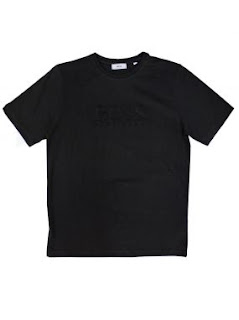Feature Trailer of Factory Girl
Factory Girl is a feature length film based on real life accounts on the last years of a young woman's (Edie Sedgwick) life in the 60's who was closely associated with Andy Warhol. Although the setting, dates and basic themes of the film does not resemble the themes, settings and dates of my own film, some parts of the narrative in the film are extremely similar. The main narrative follows a girl who sets out on the New York art scene hoping to make something of herself and after being introduced to Andy Warhol, her life becomes successful and becomes Warhols new 'Superstar'. Her life seemingly couldn't get any better until Andy refuses to pay her for her contributions to his work and her life of partying, drug taking and thoughtless spending makes her homeless, funding her drug addiction from what she can scrape from her father and accountant and eventually causes the end of her life. Edie's life is very similar to my main character's, Tristy's, life. Tristy goes through events through the narrative of my film which are alike to Edie Sedgewick's, for example 'The Gang' is parallel to Andy Warhol as the anagonist and eventually the source that causes the end of the protagonists life (Tristy and Edie).
Here is a diagram to show the comparisons of narrative from the two films:


























